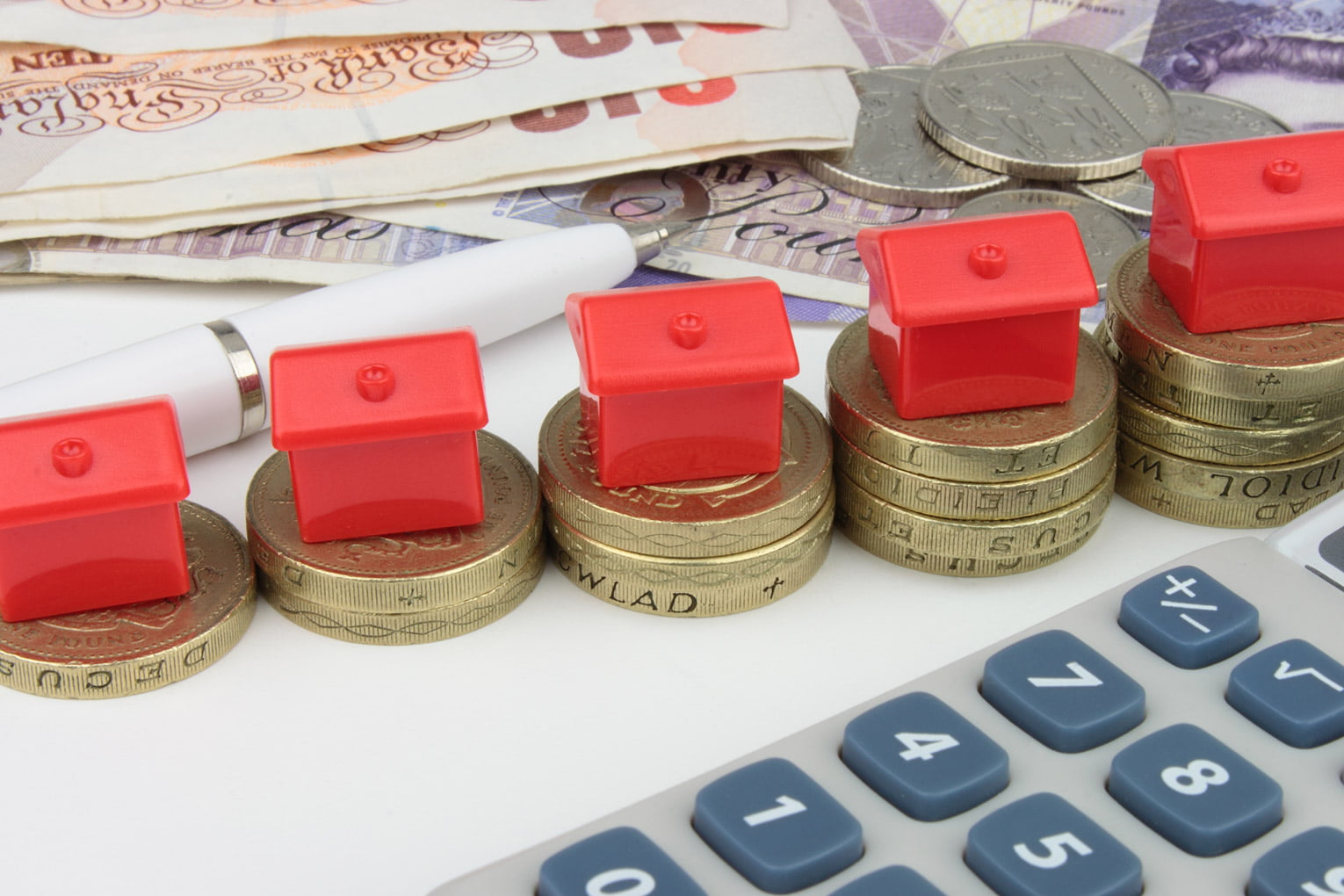House prices in the UK increased by 7.9% in the year to January 2016, up from 6.7% in the year to December 2015 and the highest rate since March 2015, the Office for National Statistics (ONS) has reported.
House price annual inflation was 8.6% in England, -0.3% in Wales, 0.1% in Scotland and 0.8% in Northern Ireland.
The ONS said that annual house price increases in England were driven by an annual increase in the South East (11.7%), London (10.8%) and the East (9.8%).
Excluding London and the South East, UK house prices increased by 5.1% in the 12 months to January 2016.
On a seasonally adjusted basis, average house prices increased by 0.9% between December 2015 and January 2016, compared with a decrease of 0.3% in average prices during the same period a year earlier.
The average UK mix-adjusted house price in January 2016 was £292,000.
In January 2016, London continued to be the English region with the highest average house price at a record high of £551,000 and the North East had the lowest average house price at £156,000. Excluding London and the South East, the average UK mix-adjusted house price was £218,000.
Peter Rollings, CEO of Marsh & Parsons, said: “An impressive house price boost from December to January put annual growth at a 10-month high, setting quite a PB for the spring months to follow.
“But let’s hope the pace hasn’t peaked too early. From next Friday, second homeowners and buy-to-let investors will be liable to pay an additional 3% stamp duty, and this may take some of the muscle out of the market momentarily. Those who’ve planned ahead will have tried to complete those purchases before the deadline, but after 1 April this sense of urgency will ease.
“Buyers will continue to jostle for a limited number of available properties, and ultimately supply will need to step up to facilitate further housing market activity and sustainable price growth in the long-term.”





